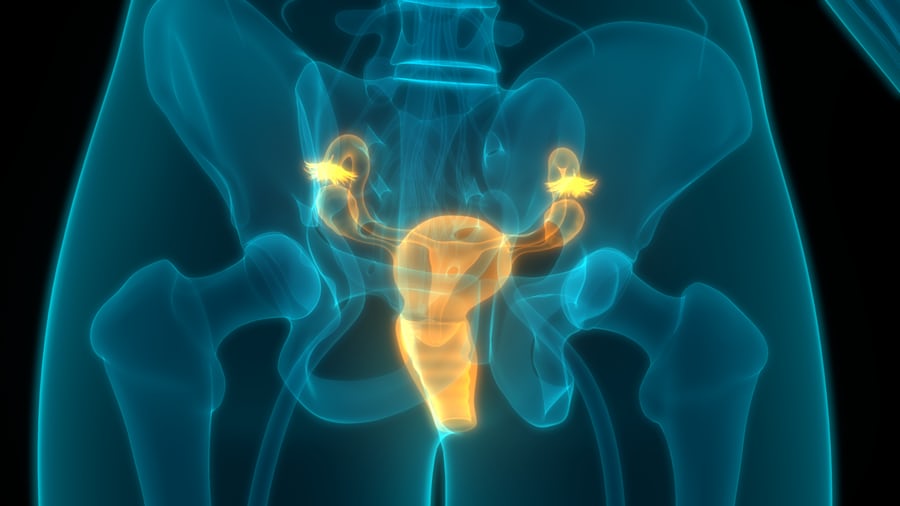Transurethral Resection of the Prostate (TURP): A Detailed Overview
Transurethral resection of the prostate (TURP) is a well-established surgical procedure performed to alleviate urinary symptoms caused by an enlarged prostate, a condition known as benign prostatic hyperplasia (BPH). It is considered a gold-standard treatment, involving the removal of excess prostate tissue that is pressing on the urethra and obstructing the flow of urine.
When is TURP Recommended?
A TURP procedure is typically recommended for men experiencing moderate to severe urinary symptoms that have not responded to medication. These symptoms can significantly impact quality of life and may include:
A frequent and urgent need to urinate
Difficulty initiating urination
A weak or slow urinary stream
Dribbling at the end of urination
The sensation of incomplete bladder emptying
Frequent urination at night (nocturia)
Straining to urinate
In some cases, TURP may also be performed to address complications arising from BPH, such as recurrent urinary tract infections, bladder stones, or kidney damage.
The TURP Procedure: A Step-by-Step Look
The TURP procedure is performed by a urologist in a hospital setting and typically takes 60 to 90 minutes. The patient is usually given a general or spinal anesthetic.
The procedure involves the following steps:
Insertion of the Resectoscope: A specialized instrument called a resectoscope, which is a thin, tube-like device with a light, camera, and an electrified wire loop, is inserted through the tip of the penis and into the urethra.
Tissue Removal: The surgeon uses the wire loop to carefully cut away and remove the enlarged portions of the prostate gland piece by piece. The electrical current cauterizes the blood vessels to minimize bleeding.
Flushing and Removal: The removed prostate tissue fragments are flushed into the bladder and then suctioned out through the resectoscope.
Catheter Placement: Following the procedure, a temporary catheter is inserted through the urethra into the bladder to help drain urine and allow the prostate area to heal. This catheter is typically removed after one to three days.
Risks and Potential Complications
While TURP is a common and generally safe procedure, it does carry some potential risks and complications, which can include:
Retrograde Ejaculation: This is the most common long-term side effect, where semen flows backward into the bladder during ejaculation instead of out of the penis. This does not affect sexual sensation but does impact fertility.
Bleeding: Some bleeding is expected after surgery, but excessive bleeding may require a blood transfusion.
Infection: As with any surgery, there is a risk of urinary tract infection.
Urinary Incontinence: While uncommon, some men may experience temporary or, in rare cases, permanent difficulty controlling their urination.
Erectile Dysfunction: A small percentage of men may experience difficulty achieving or maintaining an erection after the procedure.
Urethral Stricture: Scar tissue may form in the urethra, causing it to narrow and potentially requiring further treatment.
Need for Re-treatment: Over time, the prostate may regrow, and some men may require a repeat procedure years later.
Recovery and Post-Procedure Care
Hospital stays after a TURP are typically short, usually one to three days. After the catheter is removed, most men can go home. Common post-operative experiences include some blood in the urine, a frequent urge to urinate, and some discomfort during urination, which gradually improve over several weeks. Patients are generally advised to avoid strenuous activities, heavy lifting, and sexual activity for a few weeks to allow for proper healing.
Alternatives to TURP
In recent years, several less invasive treatments for BPH have become available. These may be suitable for men with smaller prostates or those who wish to avoid the potential side effects of TURP. These alternatives include:
Laser Therapies: Using laser energy to vaporize or remove prostate tissue.
UroLift System: A minimally invasive procedure that uses small implants to lift and hold the enlarged prostate tissue away from the urethra.
Rezum Water Vapor Therapy: Uses steam to destroy excess prostate tissue.
Medications: For men with milder symptoms, medications can be effective in managing BPH.
The decision to undergo a TURP or an alternative procedure should be made in consultation with a urologist after a thorough evaluation of the individual’s symptoms, prostate size, and overall health.


